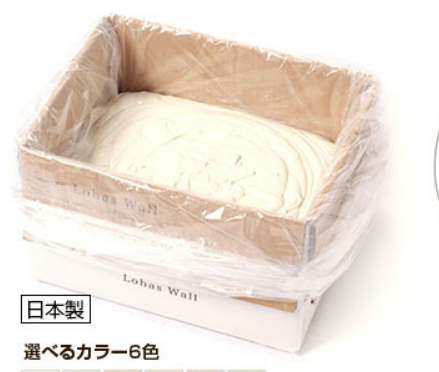The Essential Guide to Plaster: History, Types, and Modern Uses

Plaster, a versatile building material, has been a cornerstone of construction and artistic endeavors for thousands of years. From the pyramids of ancient Egypt to the ornate ceilings of European cathedrals, plaster has played a pivotal role in shaping the aesthetic and structural integrity of buildings. In this article, we'll explore the history of plaster, the different types available today, and its wide range of modern applications. 漆喰
History of Plaster
Plaster's history dates back to at least 7500 BC, with evidence of its use in early Middle Eastern civilizations. The ancient Egyptians used a form of gypsum plaster to coat the walls of their homes and create elaborate frescoes. The Greeks and Romans further refined plastering techniques, using lime-based plasters to create smooth, durable surfaces for their temples, homes, and public buildings.
During the Renaissance, plaster gained popularity in Europe as an artistic medium. Artisans used it to create intricate decorative moldings and reliefs in churches and palaces. The material's malleability allowed for detailed craftsmanship, which became a hallmark of Baroque and Rococo architecture.
Types of Plaster
Plaster comes in several varieties, each suited to specific applications. The most common types include:
- Gypsum Plaster: Made from gypsum, a naturally occurring mineral, gypsum plaster is widely used in modern construction. It sets quickly, is easy to work with, and provides a smooth finish, making it ideal for interior walls and ceilings.
- Lime Plaster: Lime plaster is made from lime and sand and has been used for centuries in construction. It is highly breathable, making it suitable for historic buildings that require moisture regulation. Lime plaster is also more flexible than gypsum plaster, which helps it resist cracking over time.
- Cement Plaster: Composed of cement, sand, and water, cement plaster is known for its strength and durability. It is commonly used in exterior applications where weather resistance is essential. However, it is less breathable than lime plaster, which can lead to moisture-related issues in certain environments.
- Clay Plaster: Clay plaster is an eco-friendly alternative to synthetic plasters. Made from natural clay, sand, and straw, it has excellent thermal and acoustic properties. Clay plaster is often used in sustainable building projects and can be applied to both interior and exterior surfaces.
- Venetian Plaster: A type of lime plaster, Venetian plaster is known for its polished, marble-like finish. It is applied in thin layers and then burnished to create a high-gloss surface. This plaster is often used in decorative applications to achieve a luxurious appearance.
Modern Applications of Plaster
Today, plaster is used in a wide variety of settings, from residential homes to commercial buildings. Some of its key applications include:
- Interior Walls and Ceilings: Gypsum and lime plasters are commonly used to create smooth, seamless surfaces in homes and offices. Plaster is often preferred over drywall for its durability and superior finish.
- Restoration of Historic Buildings: Lime plaster is essential in the restoration of historic structures. Its compatibility with traditional building methods and materials helps preserve the authenticity of older buildings.
- Decorative Features: Plaster continues to be a popular choice for creating decorative moldings, cornices, and ceiling medallions. Venetian plaster, in particular, is favored for its ability to mimic the look of polished stone.
- Artistic Creations: Plaster has long been used by artists to create sculptures and reliefs. Its ability to capture fine details makes it ideal for creating intricate artworks.
- Soundproofing and Insulation: Certain types of plaster, such as clay plaster, are used for their natural soundproofing and insulating properties. These plasters are often applied in eco-friendly buildings to enhance energy efficiency.
Conclusion
Plaster is a timeless material with a rich history and a wide range of modern uses. Whether you're restoring a historic building, adding decorative elements to your home, or creating a work of art, plaster offers unparalleled versatility and aesthetic appeal. Understanding the different types of plaster and their applications can help you make informed decisions in your construction or renovation projects, ensuring that you achieve the desired results with a material that has stood the test of time.



